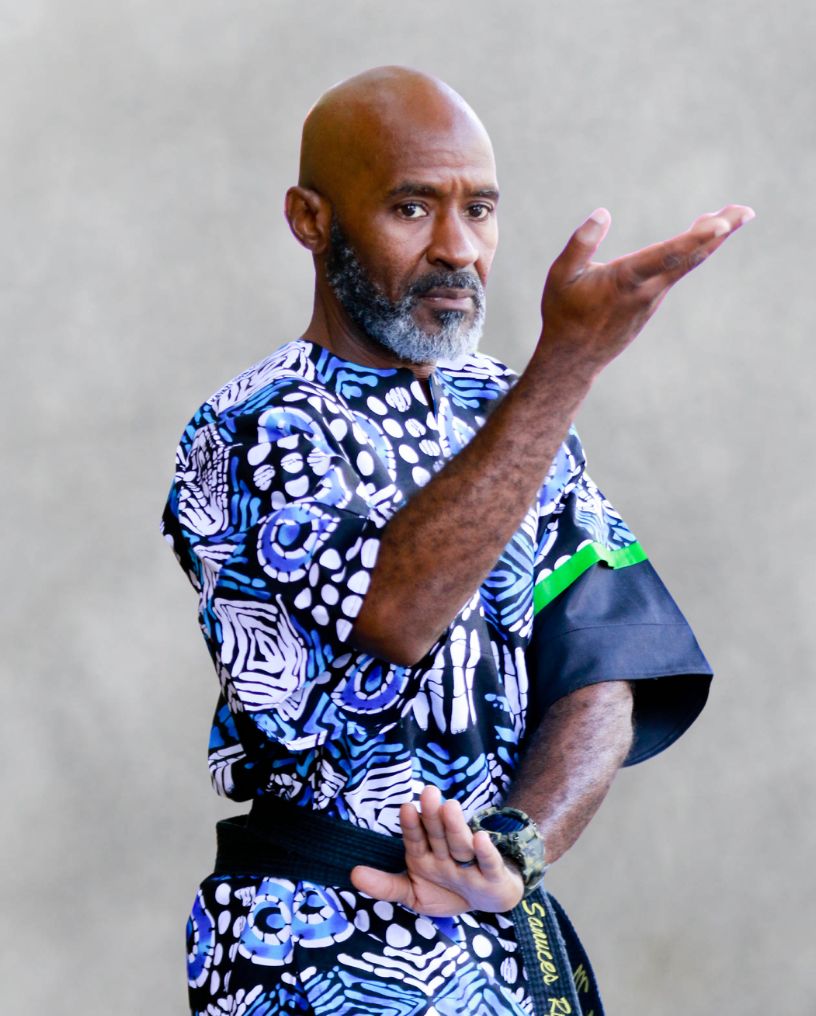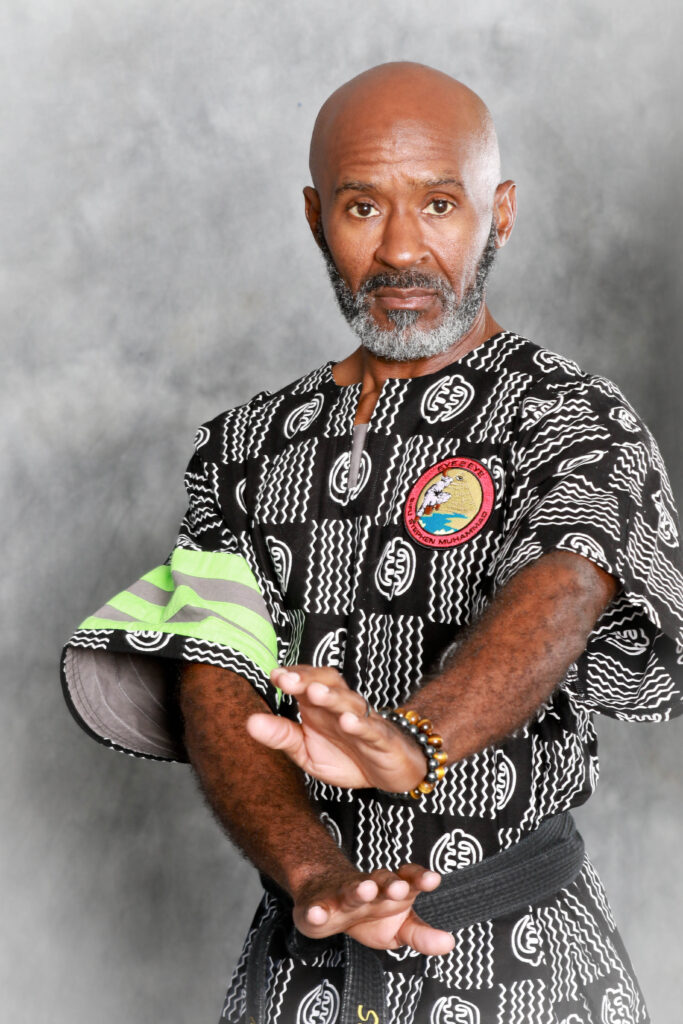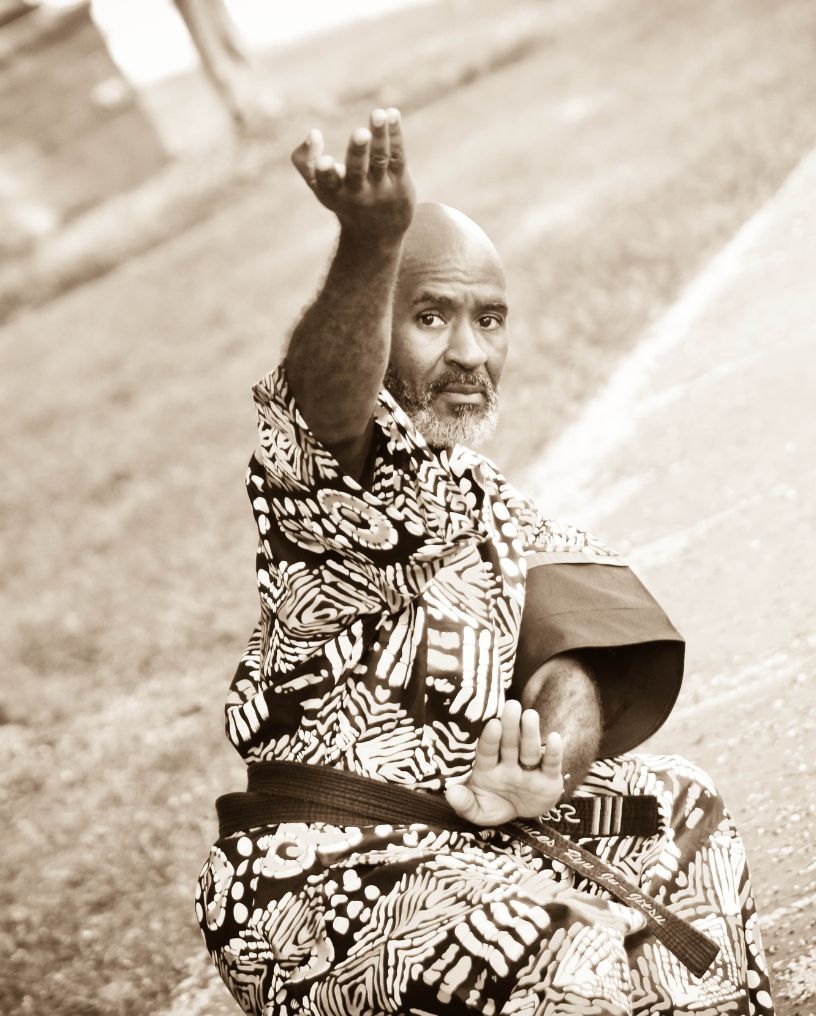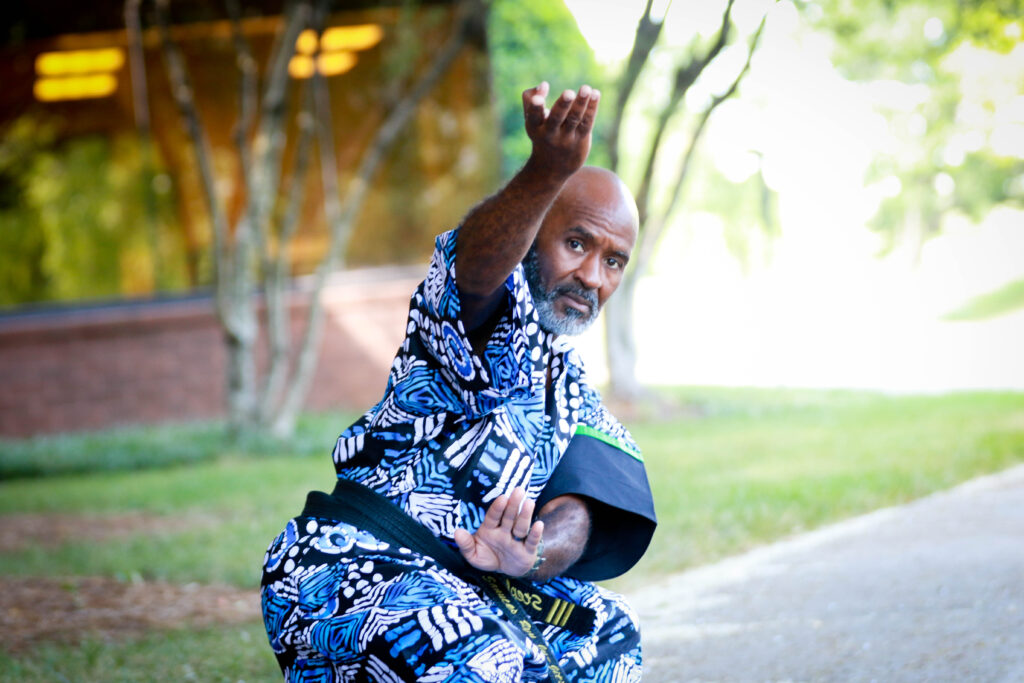Sometimes the smartest way to handle conflict is to stop trying to overpower it. Wing Chun teaches you how to stay close, move smart, and end things quickly—with control, not chaos.
It’s a system that focuses on structure, timing, and clarity in the middle of confusion. That’s where the real strength is.
Let’s break down why this method works, how we teach it, and what makes it one of the most practical martial arts for self-defense.
Why Wing Chun Works in Real-World Situations
To understand why Wing Chun matters, it helps to look at how it handles pressure.
What Makes Wing Chun Different from Other Martial Arts
Most martial arts are broad. Wing Chun is narrow and deep. You’re not learning 200 techniques—you’re learning a handful that actually work, over and over.
Everything in Wing Chun happens in close quarters. There’s no jumping, no spinning, no wasted movement. You stay tight, focused, and centered. That’s what makes it reliable in unpredictable situations—like being grabbed, cornered, or attacked up close.
The Value of Staying Relaxed Under Pressure
Staying relaxed isn’t just a mindset—it’s a technique. When your body locks up, you lose reaction time. We train students to stay loose so they can adjust faster, respond quicker, and conserve energy.
Relaxed doesn’t mean passive. It means you’re in control of your reactions, your breathing, and your movement—especially when things get tense.
Street-Level Self-Defense: When Speed Beats Strength
On the street, you don’t get a warm-up. Fights start fast. Strength helps, but timing wins. Wing Chun emphasizes structure and redirection. When done right, it lets a smaller person control a larger one.
Speed is the result of simplicity. Less movement, less wind-up, more effectiveness. That’s how you handle real problems—fast, clean, and with focus.
Why Bigger Doesn’t Always Mean Better in a Fight
Size helps if you’re wrestling, but it can get in the way when things are tight. A bigger person has more momentum. That’s not always good. It makes them easier to redirect.
Wing Chun is built around structure, leverage, and angles. If you know how to use your body weight correctly, you don’t need to overpower anyone. You just need to be where they’re not expecting you to be.
The Science of Precision: Wing Chun’s Core Mechanics
Here’s where we get into how precision actually works when applied correctly.
Understanding the Centerline: The Straightest Path Wins
Wing Chun is all about the centerline. If you can control it, you control the fight. Everything from blocks to strikes is aimed along this invisible path that runs right down the middle of the body.
By defending your own center and attacking your opponent’s, you shorten the distance, reduce openings, and increase pressure where it matters most.
Structure Over Muscle: How Proper Alignment Delivers Power
Proper body alignment is what gives Wing Chun its punch. You don’t throw your whole arm—you use the ground, your stance, and your structure to deliver force.
This is how students learn to hit hard without winding up. Power comes from staying connected, not from how much you lift in the gym.
Timing vs. Speed: Why Being First Isn’t Always Best
Speed can make you sloppy. Timing, on the other hand, is deliberate. It means knowing when to move, not just how fast.
We teach students to wait for openings and use minimal effort at the right time. This takes the fight out of the opponent’s hands and puts you in the driver’s seat.
Sensitivity Training (Chi Sao) and Real-Time Adjustments
Chi Sao is one of the most valuable tools in Wing Chun. It develops your ability to feel tension, pressure, and direction through contact.
This isn’t about guessing. It’s about knowing where your opponent is going before they get there—and making small shifts to stay one step ahead.
Energy, Intention, and Awareness in Combat
Beyond technique, Wing Chun teaches you how to stay aware and manage space and energy.
Feeling Before Seeing: The Role of Tactile Awareness
Your hands give you more information than your eyes ever could. Wing Chun builds that sensitivity. When you’re touching your opponent, you know what they’re about to do—even before they move.
This creates a huge advantage. It lets you adjust before the problem gets worse and stay in control from the inside.
Training the Mind to Stay Calm and Calculated
It’s not just the body we train. We also work on how you think during conflict. The goal is to stay clear, not frantic.
A calm mind doesn’t get distracted. It listens, watches, and makes clean decisions. That’s how you avoid mistakes—and how you stay safe when things get chaotic.
Redirecting Force Instead of Meeting It Head-On
Direct confrontation wastes energy. We show students how to angle their bodies, shift their feet, and redirect incoming force to the side or away completely.
The goal isn’t to stop a punch—it’s to send it somewhere else. That way, you’re always using the opponent’s energy against them, not fighting it head-on.
Developing Combat Awareness Beyond Technique
Technique is a tool, not a solution. Awareness is what helps you apply that tool correctly.
We focus on teaching students how to notice tension shifts, posture changes, and subtle cues. That kind of attention to detail makes the difference between reacting too late and moving at the perfect time.
Applying Wing Chun Principles Beyond the Dojo
Good training shows up in daily life. Here’s how precision impacts more than physical movement.
Navigating Daily Life with More Awareness
Once you build habits around attention, timing, and structure, they show up everywhere.
You start noticing patterns in conversations. You pay attention to posture—yours and others’. You move through life more deliberately. This isn’t a martial arts thing. It’s a clarity thing.
Precision in Communication and Boundaries
We teach you to be precise with your body, but it doesn’t stop there. That same skill sharpens how you speak, how you set limits, and how you respond to stress.
Being deliberate with your words, your time, and your actions creates stronger boundaries—and better relationships.
How Martial Arts Sharpen Emotional Intelligence
Learning when not to react is just as important as knowing how. Wing Chun builds patience and emotional control.
You get better at reading people, managing tension, and staying grounded. These aren’t just useful in class—they’re vital in everyday life.
Living Intentionally: Making Small Movements Count
Nothing in Wing Chun is wasted. That philosophy trains you to pay attention to details—how you walk, breathe, listen, and speak.
Living with that kind of focus makes you more centered, more efficient, and more present. Small moves. Big results.
Get the Kind of Confidence That Stays With You
Wing Chun teaches you that strength isn’t about force—it’s about being focused, calm, and ready to act when it counts. That’s exactly how we train here. At Eye2Eye Combat, we build practical skills for real-life situations, across all ages and experience levels.
Whether you’re brand new or ready to sharpen your edge, our self-defense classes are designed to meet you where you are. Come learn to move with clarity—and carry that confidence everywhere you go.
FAQs
1. Is Wing Chun really effective for self-defense in real situations?
Absolutely. Wing Chun was designed for close-range, real-life encounters. It focuses on quick responses, smart movement, and using your opponent’s energy against them—so you’re not relying on strength or flashy moves. It’s simple, practical, and works well under pressure.
2. Can someone with no martial arts experience learn Wing Chun?
Yes, for sure. Wing Chun is very beginner-friendly. We teach it in a way that makes sense to your body, no matter your size, strength, or experience level. It’s all about building awareness, balance, and control—one step at a time.
3. Why does Wing Chun focus so much on the centerline?
The centerline is where all your vital targets are—throat, nose, chest, stomach. Wing Chun teaches you to protect yours while staying focused on your opponent’s. It helps you move efficiently and strike without wasting time or motion, which gives you a major advantage.
4. How is Wing Chun different from something like kickboxing?
Kickboxing is more about athleticism, combos, and power. Wing Chun is about strategy, structure, and timing. You stay close, move tight, and aim to end things quickly with minimal effort. It’s ideal for people who want real-world techniques, not sport-based sparring.
5. Do you offer classes that focus on precision and self-defense for different age groups?
We do. We’ve got self-defense classes designed for kids, teens, adults, and even seniors. Each group trains differently, but the core idea stays the same—move with intention, stay aware, and use technique over strength. Everyone deserves to feel confident and capable.





